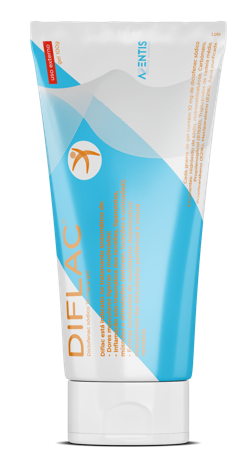Interaction with other medicinal products and other forms of interaction
Diuretics, Angiotensin-Converting Enzyme Inhibitors (ACE Inhibitors), and Angiotensin II Receptor Antagonists/Blockers (ARBs): non-steroidal anti-inflammatory drugs (NSAIDs) may decrease the efficacy of diuretics as well as other antihypertensive drugs.
In some patients with diminished renal function (e.g. dehydrated or elderly patients with impaired renal function), coadministration of an ACE Inhibitor or ARB and cyclooxygenase inhibitors may result in progression of the deterioration of renal function including the possibility of acute renal failure, which is normally reversible.
The occurrence of these interactions should be taken into account in patients using diclofenac sodium, especially if it is being applied in large areas of the skin and for a prolonged time in association with ACE Inhibitors or ARBs.
This drug association should be used with caution, especially in elderly patients.
Patients should be adequately hydrated and the need to monitor renal function after initiation of concomitant therapy, and periodically thereafter, should be reviewed.
Carefully read this information on the packaging and the package leaflet. In case of doubt or persistence of symptoms you should consult your doctor or pharmacist.
This website is exclusively for residents of Portugal.
Last Review: 24/07/2018
